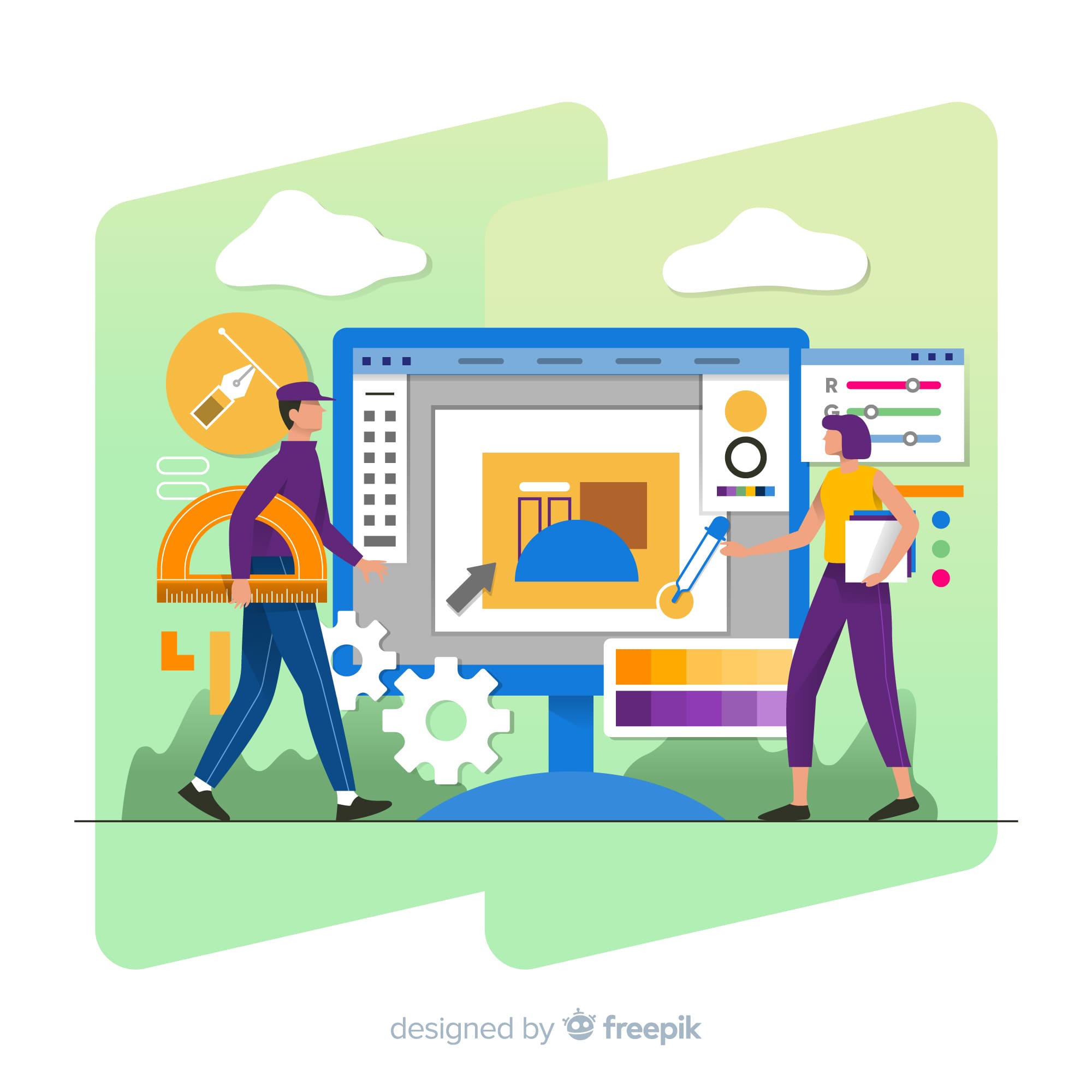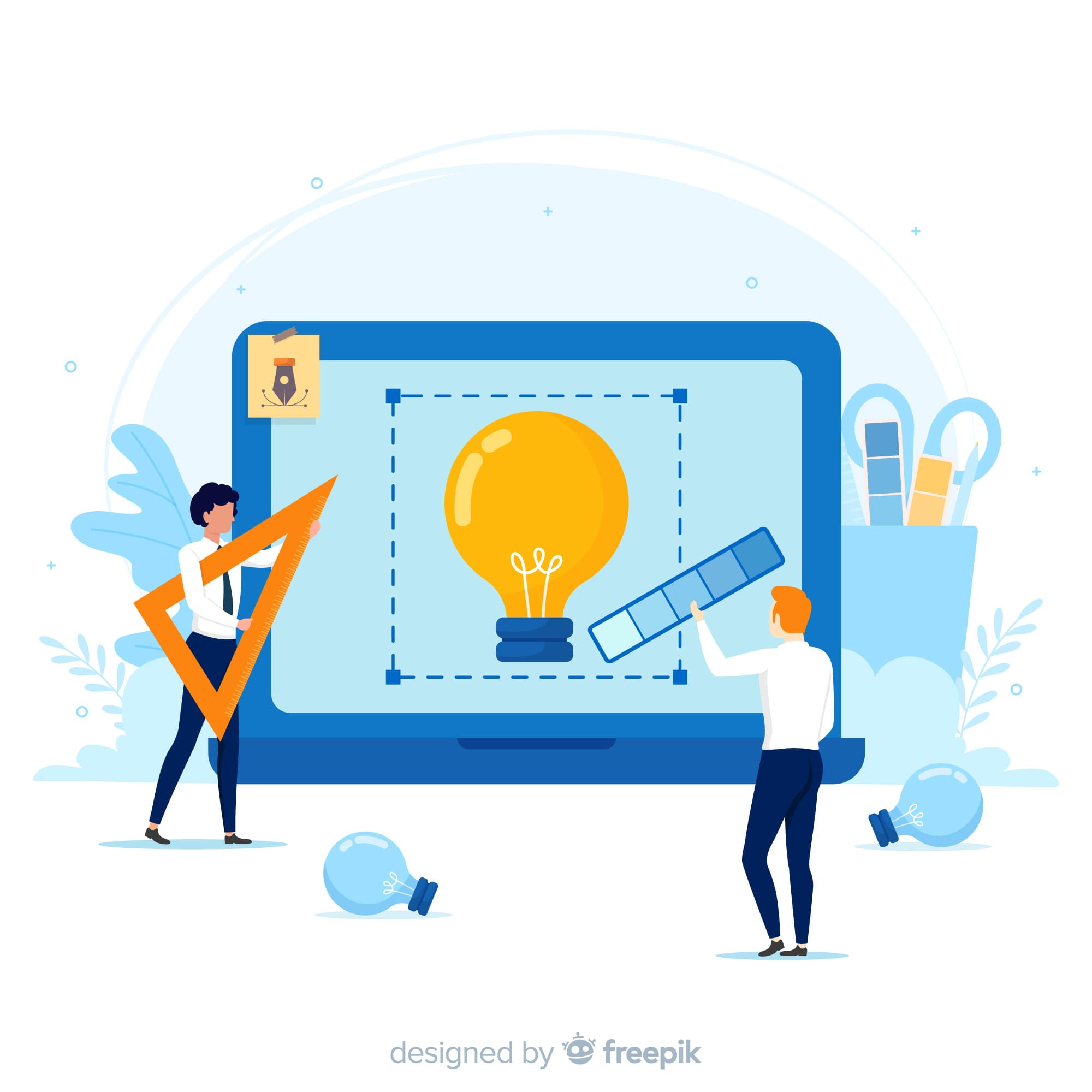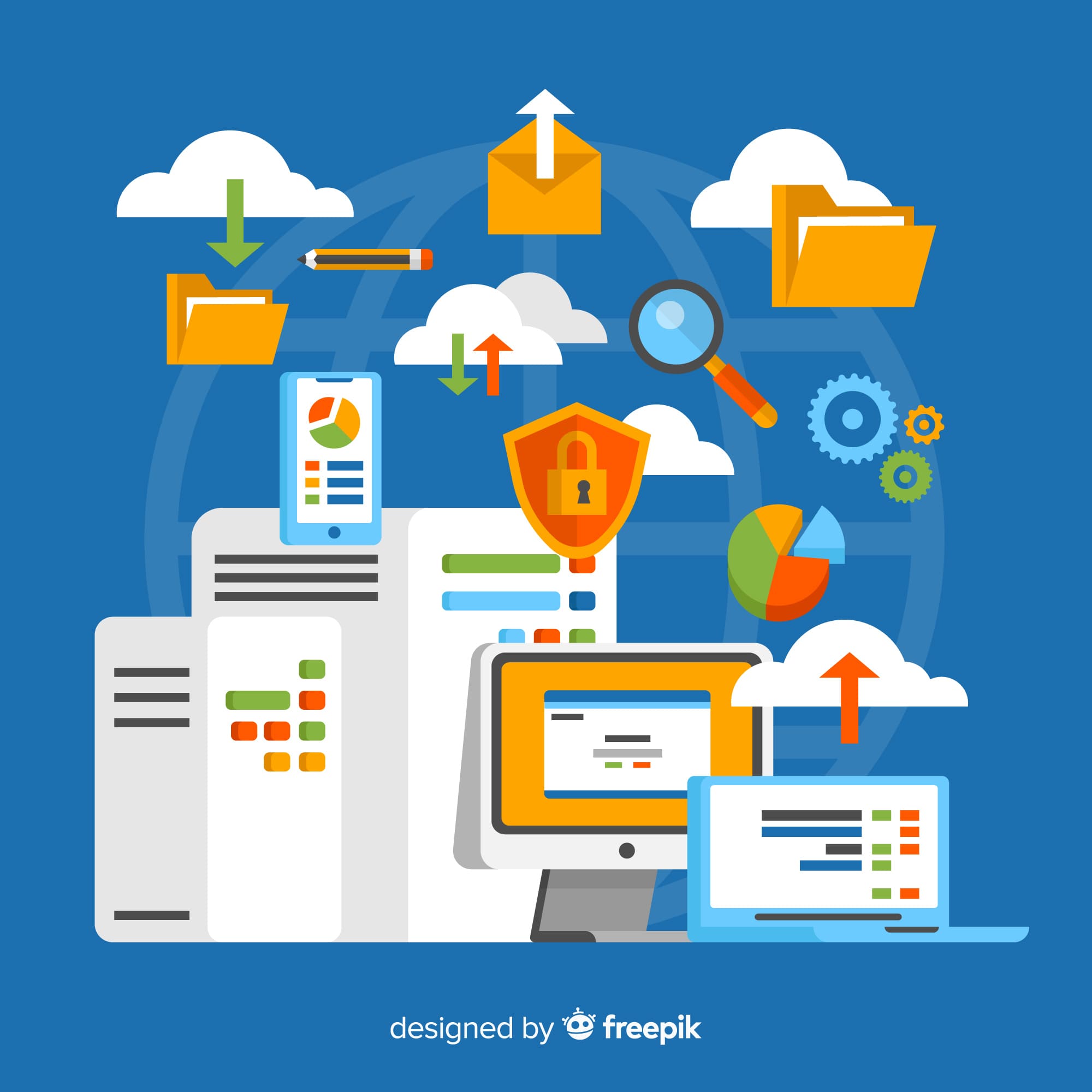Artificial Intelligence (AI) is changing the system in which the world works- making business faster, more intelligent, and increasingly secure. Businesses are now focusing more on AI than earlier. From healthcare to banking, AI is, across all industries, along with pushing the innovation boundaries. AI is transforming the healthcare industry at an enterprise level. By 2024, AI in the U.S. healthcare market is set to surpass $10 billion according to a recent Global Market Insights report.
Every business today struggles to understand and organize information quickly and accurately. Businesses want to work smarter and to do that you need to tap into your company’s greatest asset, namely, your data. However, extracting the full value out of your data is not always an easy task. First, you end up manipulating an extensive and sophisticated collection of tools that are used for finding and cleaning the data. Then you have to analyze and generate visualizations of that data to build and deploy machine learning models. Also, to add more about, these tools are often extremely time-consuming to manage independently and can be challenging to integrate into your system, which can hamper the workflow.
Using IBM Watson studio, you can simplify the data projects with a streamlined process that allows extracting value and understandings from your data. This helps businesses to get smarter and faster by preparing and analyzing the data and sharing insights all in one place. We have recently worked on a healthcare project which comprises integration of Visual (Image) Recognition services offered by IBM Watson API.
How does IBM Watson Visual Recognition work?
Visual Recognition understands visual data. It can turn plenty of images into organized information using deep learning algorithms. Visual recognition can analyze any visual data (images and videos) like objects, scenes, colors, food, faces, and other content. It then displays the results containing keywords and information about the content.

IBM Watson visual recognition has some built-in models which help you to recognize people, food, animals, plants, and many more. If you want to use these built-in models, then you need to gather the images that you want to analyze and test them against the built-in models to gain insights. IBM Watson also provides an option to create a custom model to use your own images. For the custom model, you need to prepare the images as the training data and organize them into positive and negative images. After that, you need to upload the examples to create and train a custom model then analyze images using your own model.
As mentioned earlier,we (Avion Technology, Inc) has also worked on the integration and customization of IBM Watson Visual service API in a few of our projects. In one of the projects, the user can upload or capture an image of the tools placed in a tray with his phone. Each tray has pre-defined QR code to identify which tool it contains. When the user captures the image or uploads it, the image is sent to the API. The API analyzes the image and sends the response. The results include the total number of tools placed in the tray, and it also identifies if any tool is missing in the tray along with tool names.
Why should you choose Avion?
We have a team of experienced developers who have worked on the projects involving both integration and customizations of IBM Watson API. Please do not hesitate to Contact Us, and you will be able to make your vision a reality and a dream come true.
Disclaimer:
Wherever any material is quoted as sourced from the published text with publishing rights vested in an individual, it is stated that it is a genuine quotation and no intention to claim it as our own.
Resources:
https://www.ibm.com/watson
https://www.ibm.com/watson/services/visual-recognition/
https://blog.gnshealthcare.com/why-ai-is-all-the-buzz#_ftnref1
https://www.researchgate.net/figure/Block-Diagram-Representing-the-Algorithmic-Process-Used-by-the-Visual-Recognition-Based_fig9_325885099
https://www.gminsights.com/industry-analysis/healthcare-artificial-intelligence-market
https://www.researchgate.net/publication/325885099_A_Novel_Visual_Recognition-basedAuthentication_Model_Using_a_Hybrid_TrustTheme_to_Verify_Provider_Profilesfor_Enhancing_Information_Assurancein_Online_Healthcare





